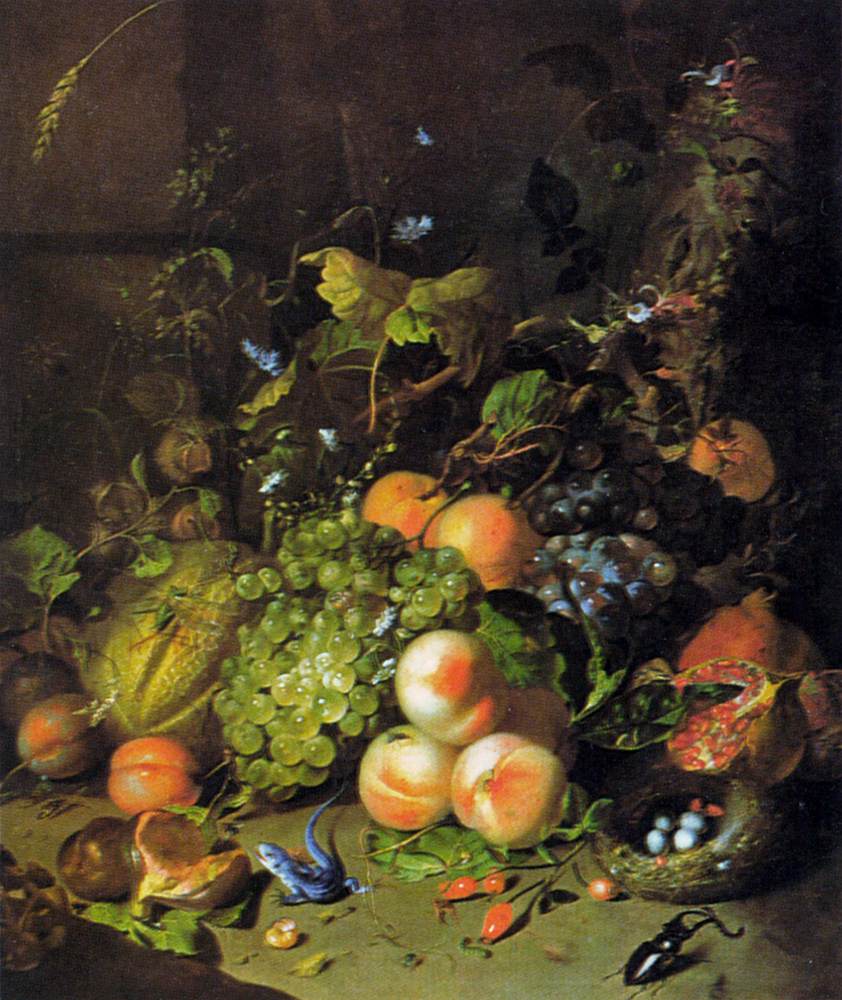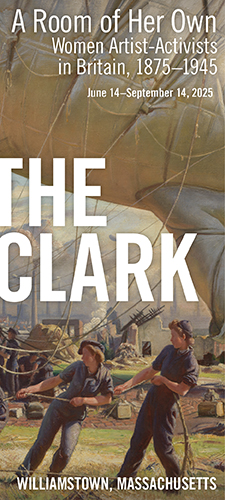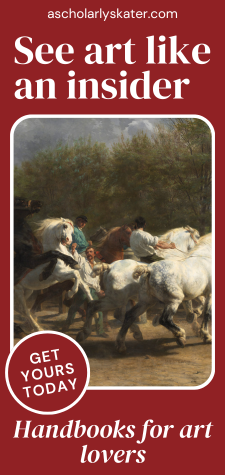A Birthday Tribute to “the Amsterdam Pallas”

Three hundred fifty-five years ago on this day, June 3, Rachel Ruysch was baptized in The Hague. The granddaughter of an architect and the daughter of an eminent professor of anatomy and botany, she became one of the most successful flower painters of the Dutch “Golden Age.” She was known as “the Amsterdam Pallas,” “Holland’s art prodigy,” and “our subtle art heroine.” Today, her name is not as familiar to art-lovers as that of Rembrandt. But in her lifetime, she enjoyed greater commercial success than he did! Rembrandt’s works rarely fetched more than 500 guilders, whereas Ruysch sold her paintings for as much as 750–1200 guilders.

Artistic training
Ruysch practiced drawing from the collection of mineral and botany samples and skeletons in her father’s private museum. Frederik Ruysch encouraged his daughter’s artistic pursuits. She later taught him, and her sister Anna (1666–1754), how to paint. At age 15 she was apprenticed to Willem van Aelst, an established flower painter. His studio overlooked that of Maria van Oosterwijck (1630–93), another successful Dutch woman artist of the period.

Tree trunk surrounded by flowers, and butterflies and other animals, 1685, by Rachel Ruysch. Museum Boijmans Van Beuningen.
Early career
By the time she was 18, Rachel Ruysch was selling her own work. At age 29, she married Juriaen Pool, also an artist, with whom she had ten children. After her marriage, she continued to work as an artist; she was one of the top selling Dutch artists of her day. Her compositions included flowers, fruit and woodlands. Often she grouped together flowers that do not bloom at the same time in nature. Her paintings are carefully detailed. Sometimes she enlivened her them with small animals—birds and lizards—as well as beetles, butterflies and bees.

She and her husband were both members of the Guild of St. Luke in The Hague; she was also the first female member of the Confrerie Pictura in that city. From 1708 to 1716, she served as court painter to Johann Wilhelm, the Elector Palatine of Bavaria. After the Elector’s death, she continued to paint for an international clientele.

A long and successful career
Rachel Ruysch’s career spanned six decades. On the painting that scholars believe was her last, Ruysch recorded her age in her signature: she was 83. Experts estimate that she produced over 250 paintings. Today, many of these works are in private collections. But others are held in museums in (at least) Germany, Austria, Belgium, the Netherlands, Italy, the United States, England, Scotland, the Czech Republic, and Sweden. Many of her paintings can be viewed online here.

Learn more about Rachel Ruysch in this interesting and informative video presentation by Nina Cahill, McCrindle Curatorial Fellow of Paintings 1600–1800 at the National Gallery in London. She discusses Ruysch’s family history; life with her artist husband; her painting styles and techniques; and her long career as a still life painter.
Happy birthday, Rachel Ruysch!
As of November 2020, Art Herstory offers a Rachel Ruysch note card! Visit the shop for details. See also the Art Herstory Rachel Ruysch resource page.

More about Dutch Women Artists:
Rachel Ruysch’s Vase of Flowers with an Ear of Corn, by Lizzie Marx
Books, Blooms, Backer: The Life and Work of Catharina Backer, by Nina Reid
Alida Withoos: Creator of beauty and of visual knowledge, by Catherine Powell
A Clara Peeters for the Mauritshuis, by Quentin Buvelot
Floral Still Life, 1726—A Masterpiece by Rachel Ruysch, by Lawrence W. Nichols
Women Artists of the Dutch Golden Age at the National Museum of Women in the Arts
Gesina ter Borch: Artist, not Amateur, by Nicole E. Cook
The Protofeminist Insects of Giovanna Garzoni and Maria Sibylla Merian, by Emma Steinkraus
More Art Herstory blog posts:
Women in Zoological Art and Illustration, by Ann Sylph, Librarian of the Zoological Society of London
Angelica Kauffman and Mary Moser: Founding Women Artists of the Royal Academy
Hearts of Our People: Native Women Artists, by Elizabeth Sutton
An Interview with Carrie Callaghan, Author of “A Light of Her Own”
The Priceless Legacy of Artemisia Gentileschi: A Curator’s Perspective, by Judith W. Mann
‘Bright Souls’: A London Exhibition Celebrating Mary Beale, Joan Carlile, and Anne Killigrew, by Laura Gowing
New Adventures in Teaching Art Herstory, by Julia Dabbs
Renaissance Women Painting Themselves,by Katherine A. McIver
An Interview with Joy McCullough, Author of “Blood Water Paint”
A Dozen Great Women Artists, Renaissance and Baroque
Why Do Old Mistresses Matter Today?, by Merry Wiesner-Hanks





Trackbacks/Pingbacks